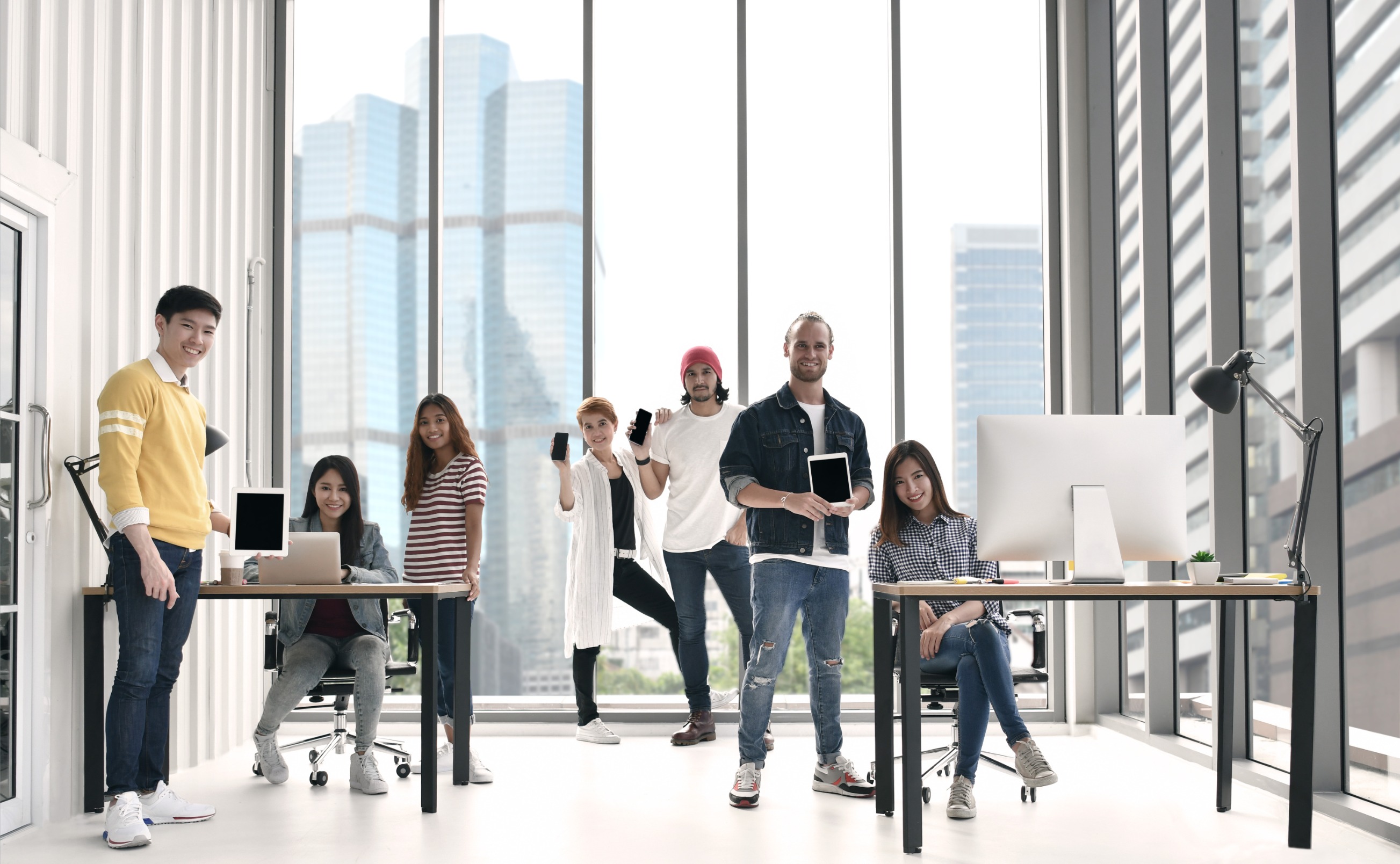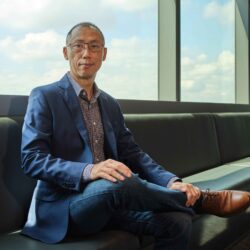The art of building a sustainable ‘people and culture’ strategy
- HRM Asia Newsroom

Businesses run on relationships, and relationships run on trust – be that between employees and leaders, among employees themselves, or between employees and clients. Yet, to maintain and grow those trusted relationships further, organisations must foster positive employee engagement.
This in turn is driven by a strong, sustainable ‘people and culture’ strategy that propels organisations forward to achieve their revenue, profit and experience goals. NTT DATA’s Global Employee Experience Trends Report highlights employee experience (EX) as being a top C-suite priority, with 94% of CEOs linking EX improvements to bottom-line success.
But how exactly can APAC organisations achieve this and what challenges exist?
Dealing with the aftereffects of the pandemic
According to Gallup’s State of the Global Workplace: 2023 Report in 2022, 23% of the world’s employees were engaged at work. And while employee engagement has risen for the past decade, the pandemic stalled that trend. Mass resignations happened across workforces and business models changed overnight. Digitalisation became the immediate imperative to enable a productive workforce blighted by an inability to utilise company office space.
With these factors in mind, I believe organisations are still suffering from the effects of ‘long organisational COVID’, due to the huge changes forced upon them. For example, they had to integrate vast numbers of new employees into their business as part of a mass engagement drive – and by and large, done remotely. It’s not surprising that billions of dollars are spent globally on employee engagement to foster stronger relationships and trust. And the incentive is very clear. Disengaged employees cost the world US$8.8 trillion in lost productivity, or equal to 9% of global GDP.
 “To embrace the new normal, leaders should create environments that encourage open dialogue, feedback, and collaboration across all levels of the organisation, without fear of failure.” – Png Kim Meng, Chief Executive Officer, Singapore, NTT DATA.
“To embrace the new normal, leaders should create environments that encourage open dialogue, feedback, and collaboration across all levels of the organisation, without fear of failure.” – Png Kim Meng, Chief Executive Officer, Singapore, NTT DATA.
In APAC specifically, the challenges are further exacerbated. The PWC 26th Annual Global CEO Survey found that consistent with our global peers, only 41% of APAC CEOs believe current employee behaviours are mostly aligned to company values and direction. This reinforces the idea that employee engagement has suffered as employees reprioritised their lives post-pandemic. As such, organisations are still trying to grapple with what a strong, sustainable people and culture strategy is.
Back to basics – The era of ‘redefine’
In my client interactions, one word defines those bucking the trend with high engagement rates, high trust levels and a sustainable people and culture strategy – Redefine.
They have been successful in redefining three core factors that help drive a sustainable people strategy: culture, the ‘new normal’ and business model.
1. Redefine culture
Organisations should revisit their core values and purpose to ensure alignment with post-pandemic priorities and challenges. If not, greater employee disengagement is the likely result. Leaders should communicate organisational values clearly and consistently to engender a far more cohesive workforce.
Effective communication is crucial for building trust and engagement in APAC organisations. We should encourage greater transparency.”. The PWC CEO survey uncovered that around half of APAC CEOs do not often encourage debate or dissent, nor do they tolerate small-scale failures. To embrace the new normal, leaders should create environments that encourage open dialogue, feedback, and collaboration across all levels of the organisation, without fear of failure.
The pandemic showed us how important it is to be adaptable in work environments. Options like remote work, hybrid models, and flexible schedules, all made possible by technology, help meet everyone’s different needs and keep productivity and teamwork strong. When employees have choices, it helps keep them more engaged and motivated to do their best.
2. Redefine the new normal
Redefining the ‘new normal’ goes beyond culture to consider how organisations can reshape aspects of organisational operations and strategies that boost engagement. One of the biggest changes we saw because of the pandemic was the acceleration of digital transformation initiatives. We should view technology not as something that merely supports the business; it is the business.
But, if there is one defining characteristic the pandemic gave us, it is the resilience of people and businesses. To help with this, strategic partnerships, alliances, and collaborations with industry peers and ecosystem partners were formed. According to ADP Research, teams that are dynamic and offer employees ample opportunities to collaborate have the highest levels of engagement. Continuing and building upon partnerships and alliances post pandemic will help drive innovation, scale operations, and expand market reach.
3. Redefine the business model
Redefining the business model takes things a step further to not just reassess current strategies, but to identify emerging opportunities that help organisations adapt to the new realities of their market.
One of the biggest shifts I believe we need to see in APAC organisations is removal of the fear of failure. Creating a culture of innovation and experimentation, encourages employees to test new ideas, iterate on existing products and services, and embrace failure as a learning opportunity. This requires a shift in mindsets for leaders to tackle and build into their business models, which in turn will yield far higher engagement rates.
READ MORE: How Sony Music is reimagining performance management
Finally, accelerating digital transformation initiatives to digitise operations, streamline processes, and enhance employee experiences through digital channels will help engage an entirely new generation of employees. For them, technology has always been present and expected. As leaders, we should run towards the opportunity’s technology presents to us.
Our people and culture opportunity
The culture and wellbeing of employees was hit hard by the pandemic. There was no playbook as to how organisations should respond to the challenges they were faced with.
But at its heart, the process is simple.
First, focus on longevity and the long game. Do not view employees or customers as a commodity that can be easily replaced. Second, redesign your organisation to connect values to norms of what is happening in your world today. And last is keep learning. A sustainable people and culture strategy must be constantly learning to identify change and opportunities.
About the author: Png Kim Meng is Chief Executive Officer, Singapore, NTT DATA.
For more news and analysis on the latest HR and workforce trends in Asia, subscribe to HRM Asia and be part of the region’s largest HR community!






